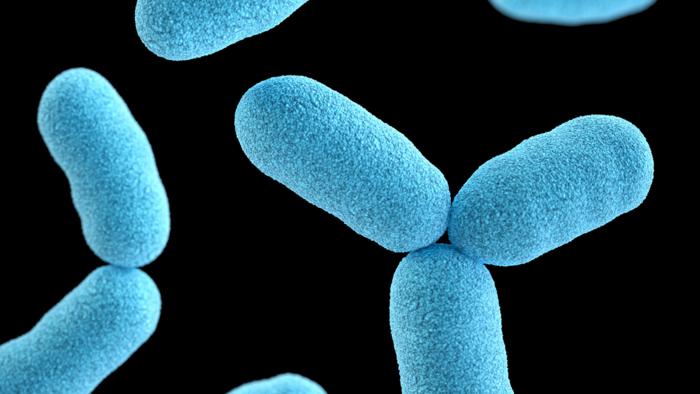COLUMBIA, Mo. – Brucellosis is a disease, caused by the members of bacterial Brucella family, that mainly infects cattle, goats and sheep, leading to pregnancy loss, which has caused billions of dollars in economic losses for livestock producers worldwide. The disease can also jump from animals to humans, mainly through consumption of unpasteurized dairy products or inhaling the spores from the tissues of infected animals.

Credit: University of Missouri
COLUMBIA, Mo. – Brucellosis is a disease, caused by the members of bacterial Brucella family, that mainly infects cattle, goats and sheep, leading to pregnancy loss, which has caused billions of dollars in economic losses for livestock producers worldwide. The disease can also jump from animals to humans, mainly through consumption of unpasteurized dairy products or inhaling the spores from the tissues of infected animals.
While the disease can cause arthritis, inflammation of the heart and flu-like symptoms in humans, the bacteria can also enter the brain and cause neurobrucellosis, which can lead to long-term neurological complications, headaches, nausea, disorientation, swelling of the brain and sometimes death. Now, a new study at the University of Missouri has highlighted the protective power of both innate lymphoid cells and specific signaling proteins, known as interferons, in reducing the harmful neurological effects of Brucella.
The study, which was funded by the National Institutes of Health and used a mouse model, could potentially lead to future improvements in how the disease is both diagnosed and treated.
“While Missouri has been considered ‘Brucellosis free’ since 2004 and the bacteria has almost been completely eradicated in both humans and domestic animals nationwide, there are still areas where it persists like within bison in Yellowstone National Park,” said Charles Moley, a veterinarian and current doctoral student in the MU College of Veterinary Medicine (CVM) who led the study in the lab of Jerod Skyberg, an associate professor in the CVM. “Worldwide, it is one of the most common bacterial infections that jumps from animals to humans, and there are estimates it impacts more than 10 million people each year, mainly in the Middle East and Mediterranean regions.”
Moley is a veterinary scientist in the Comparative Medicine Program, and his research can potentially inform the work of other researchers by better understanding how the disease impacts the brain. Given the new knowledge of the critical protective role played by innate lymphoid cells and interferons, the study could lead to more targeted therapy interventions for humans worldwide suffering from neurobrucellosis or more targeted diagnostic approaches for identifying the disease before neurological symptoms appear or worsen.
“The work being done in MU’s Laboratory for Infectious Disease Research improves the health of both animals and humans, which is gratifying,” Moley said. “When I was recently visiting my grandparents in Arizona, I heard from a friend of my grandpa, who said his dad, who was a farmer, had died in the 1950s from brucellosis, and was thankful I was researching this topic. Stories like that motivate me, and I want to help.”
“Innate lymphoid cells and interferons limit neurologic and articular complications of Brucellosis” was recently published in The American Journal of Pathology.
-30-
Journal
American Journal Of Pathology
DOI
10.1016/j.ajpath.2023.05.006
Method of Research
Experimental study
Subject of Research
Animals
Article Title
Innate lymphoid cells and interferons limit neurologic and articular complications of Brucellosis
Article Publication Date
21-Aug-2023




